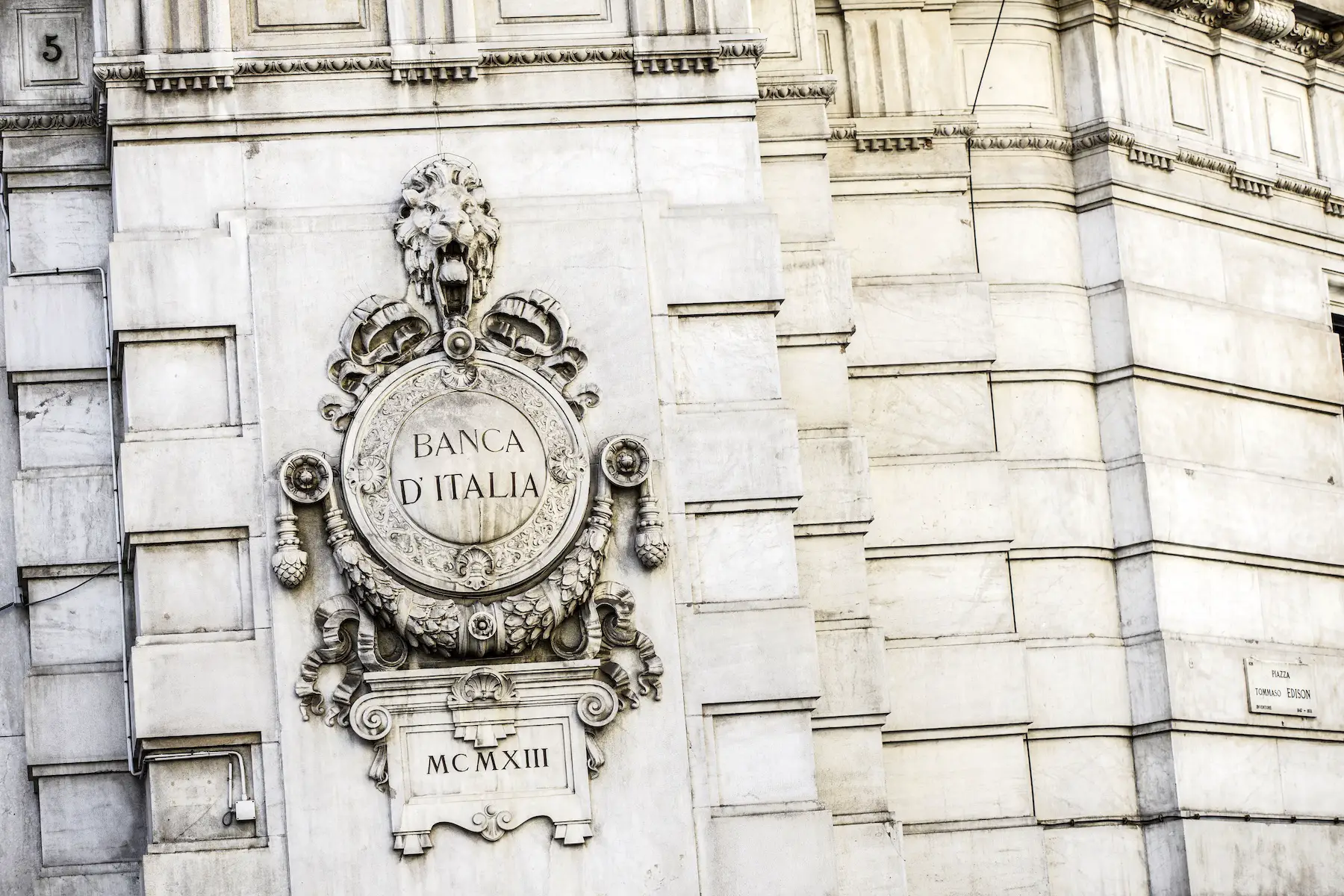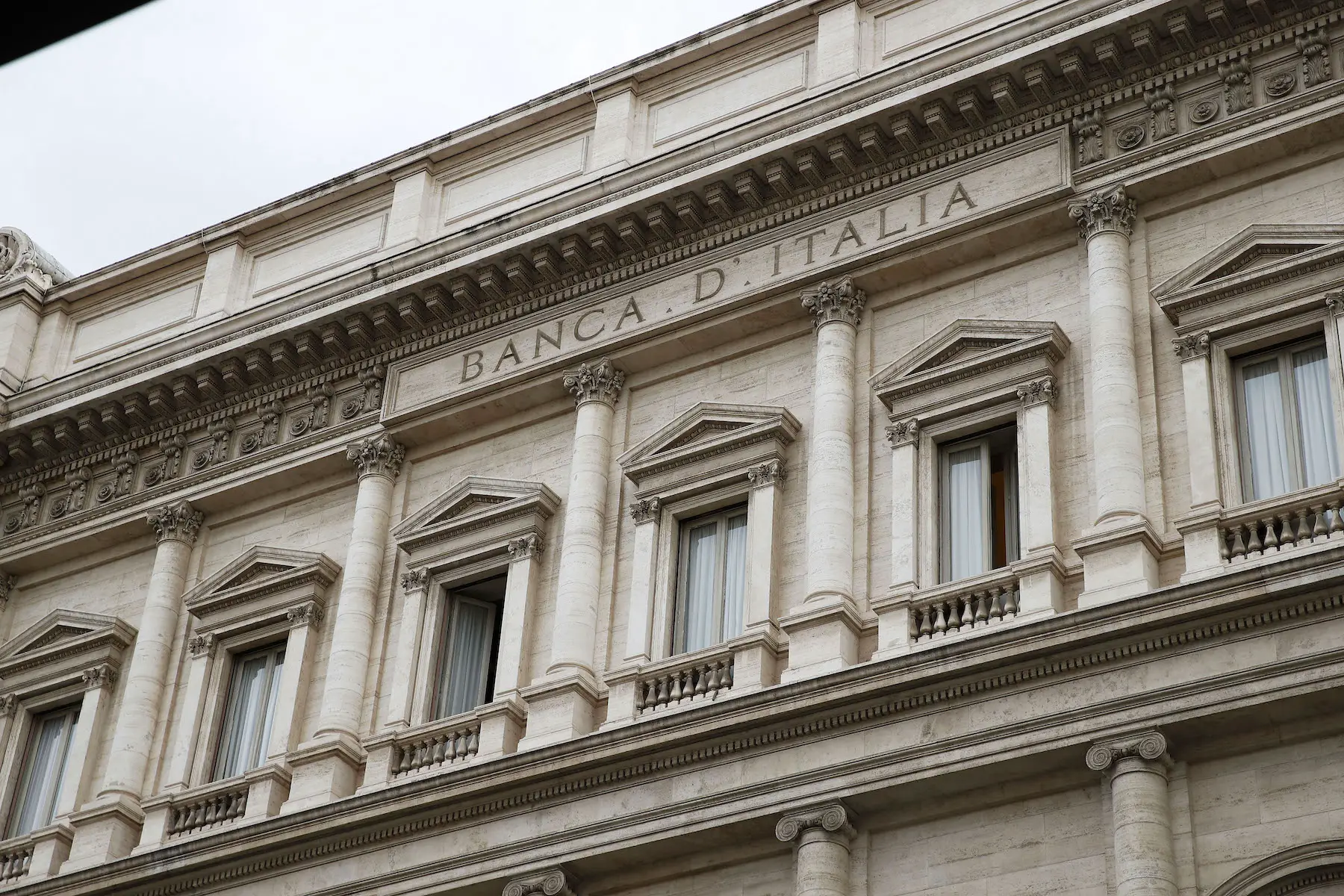With its beautiful landscape and historical cities, Italy is a popular relocation destination. Together with Germany, France, and the United Kingdom (UK), the country is also one of Western Europe’s Big Four (G4 or EU4) economic powers.
Its sophisticated banking system makes it easier to manage money across borders, attracting expats wanting to work or set up businesses.
If you need to transfer money internationally in Italy, this article will explain the process by looking at the following:
- International money transfers in Italy
- Online international money transfer services
- International money transfers in Italy by traditional bank
- International money transfers via online and mobile banking in Italy
- Wire transfers in Italy
- Foreign exchange brokers in Italy
- Safety and security with international money transfers
Wise
Do your finances go beyond borders? Then you need a fast and secure way to move money internationally. Wise is a global leader in online international money transfers, letting you move money at an exchange rate several times cheaper than your bank. Whatever your personal or business needs, Wise can make your money go further.
International money transfers in Italy
According to the latest estimates from the World Bank, personal money transfers into Italy totaled $9.7 billion (just over €8.9 billion) in 2020.

While Italian and European Union (EU) authorities oversee Italy’s financial services, the Bank of Italy (Banca d’Italia) regulates the banking system in the country. It is part of the Eurosystem, a federal system formed by the European Central Bank (ECB) and several national banks.
There aren’t any restrictions on inbound or outbound international money transfers, but different services may impose specific conditions and varying fees.
Online international money transfer services
Online money transfer providers make it easy to send money internationally. If you and the recipient have a bank account with the same provider, you can usually transfer money instantly online. Here are a few reputable providers that operate in Italy:
Fees between providers vary, so be sure to check the terms beforehand. For instance, if you transfer with Wise, the transfer cost will depend on the amount you’re sending, how you pay, and the exchange rate. Wise gives you the mid-market rate on all transactions, which is helpful if you transfer to another currency.
By comparison, CurrencyFair applies a flat fee of €3 (or equivalent) to all international transfers but adds 0.45% to the mid-market exchange rate.
To prevent financial crimes such as fraud and money laundering, online transfer services require a thorough verification process.
International money transfers in Italy by traditional bank
International money transfer via local Italian banks is one of the most secure options for sending funds abroad. This is because the money is going from one account holder to another, with both the sender and recipient having been verified by the bank beforehand.
You can make these transfers online, telephonically, or in person at the branch. Often, the funds will take a few days to clear. It’s worth noting that bank exchange rates and transfer fees may be less competitive than brokers specializing in foreign exchange services.
Transfers outside the EU/EEA
Bank transfers within Europe are treated the same as domestic transfers because of the Single Euro Payments Area (SEPA) agreement. Money transfers from Italy to countries outside the EU or European Economic Area (EEA) will be more expensive, as Italian banks can charge this service. So, check the bank’s rates before going ahead with an international transfer request.

Banks often have specific guidelines and instructions for each country outside the EU. It’s worth checking the bank’s website before initiating a transfer to make sure your destination country is not restricted. Transfers typically take around three to five working days.
Costs of international bank transfers
The comparative site from Transfer Supermarket features some of the basic rates and fees you can expect when transferring money through Italy’s top four banks. As these are subject to change, regularly check with your bank if you often move money internationally. Some providers waive the first few transfer fees for new clients.
Also, the Xe Currency Converter will give you an idea of the exchange rate. However, remember that rates vary over time and between banks.
How long do international bank transfers take?
Italy uses Society for Worldwide Interbank Financial Telecommunications (SWIFT), a global initiative for speedy international transactions. SWIFT money transfers tend to take between one and three days. However, it can take up to 10 days, depending on the country. However, any transfers within the EU should clear within a day because of SEPA.
How to make an international money transfer by bank
Before you transfer money internationally in Italy, make sure you have the following information ready:
- The recipient’s full name as it appears on their bank account
- The recipient’s International Bank Account Number (IBAN)
- A SWIFT code or Business Identifier Code (BIC)
If you do the transaction at the branch, remember to bring your bank card. The bank will likely ask you to enter your PIN to approve the transaction and pay any fees. What documentation you’ll need depends on where you’re sending money to and whether the recipient has an account with the bank or one of its partners.

Some banks will also ask for photo ID and proof of address in the form of:
How to receive an international money transfer by bank
To receive an international payment, you’ll need to ensure the sender has the correct details. These include:
- Your IBAN or sort code and account number (find these on your account statement)
- The BIC (you’ll need to search online, as this is different for every banking institution)
- Your full name
- Your address
- The amount and the currency you’d like to receive the payment in
For money transferred to Italy from outside the EEA, you and the sender must agree on who pays the transfer charges.
International money transfers via online and mobile banking in Italy
Digital banking services have increased across Europe – and Italy – over the past few years. As a result, most Italian banks offer mobile and web banking services, plus digital-only institutions like Revolut operate entirely online.
Mobile banking options in Italy include:
| National banks with mobile services and apps | Digital-only banks with service in English and other languages | E-wallet services from mobile companies |
| UniCredit | bunq | Orange Money |
| Poste Italiane | Hype | Apple Pay |
| ING | Revolut | Google Pay |
Digital or mobile banks usually offer better transfer rates in Italy than traditional institutions. Still, costs can vary and some also limit the number of free transactions you can make per month. So, it pays to shop around before you choose one.
Most of the leading Italian mobile payment apps don’t charge fees for general payment services. You may have to pay fees for services such as instant transfers to some accounts, foreign currency accounts, or payments above a specific limit.

International transfers with online-only banks are instant if both parties have an account with the provider. Otherwise, they take three to five business days.
Transferring with a digital bank is generally quite safe as long as you know and trust the recipient. bunq, in particular, uses AI technology to screen applicants and monitor account transactions in order to combat money laundering. This advancement was recently the subject of a major court case in the Netherlands and may pave the way for other digital banks to follow suit.
Remember that some services, known as e-money institutions, don’t operate under full banking licenses. While they still provide many banking services, you may not be entitled to compensation if the provider goes bankrupt and you lose money.
Wire transfers in Italy
An international wire transfer might be necessary if you’re trying to get money to someone who doesn’t have access to a bank account or is in a remote area. Some well-known international money transfer operators include MoneyGram and Western Union.
You can transfer money fast – usually on the same day – via the following routes:
- Online
- Over the phone
- Face-to-face, in-store
However, this convenience tends to come at a higher cost, and fees may increase depending on how much money you send. Charges usually average around 5%.
To protect against fraud and theft, you and the recipient both need to show valid IDs to send and receive the money. Without it, the operator can reject the transfer.
You will need to give the following information:
- Your name
- Address and contact information
- Photo ID
- All of the recipient’s details
Reference codes
Once you’ve completed the paperwork and handed over the funds, you will receive a reference code, which you must give to the intended recipient. With Western Union, this code is called a Money Transfer Control Number (MTCN) and exists to protect customers from fraud and scams. Your money transfer will fail if the code of the recipient does not provide the correct number when going to pick up the order.
Wire transfer fees
You can check Western Union’s fee table to see how much your wire transfer will cost.
Alternatively, get a fee estimate from MoneyGram by entering how much money you want to send and where.
Foreign exchange brokers in Italy
You can also send money using foreign exchange (i.e., forex or FX) brokers. Before going ahead, you should check the mid-market rate (i.e., the exchange rate banks use to transfer money) to establish how much more you will have to pay in broker service fees.
You can find the mid-market rate on sites such as Google Finance and Xe.
The most important safety consideration when transferring with a forex broker is to make sure your chosen forex broker is legitimate by checking to see if they have a license.
Foreign exchange brokers at airports, train stations, and ferry terminals tend to be more expensive, so it’s best to avoid these if you can.
How how to make a forex money transfer
Like wire transfer companies, some forex brokers allow you to transfer money online or via their app. It usually only takes about 20 minutes for the funds to arrive.

The steps for sending and receiving money are similar. There will be slight variations between individual businesses, but they should follow a similar process.
The steps to transfer money internationally include:
- Go to the transfers counter at the forex office
- Provide a form of valid ID (like a passport or driver’s license)
- Tell the cashier how much you want to send
- Pay the transaction fee(s)
- The cashier will ask you to check all the details and sign a form. This form will have the money transfer number or reference code
- Send the transfer code to the transfer recipient
Each provider has different partner payment points for every country. They must show the numerical code given at the local forex broker branch or payment partner, along with a form of ID.
Safety and security with international money transfers
While international money transfers are generally safe, fraudsters and scam artists skillfully try to trick people into sending funds under false pretenses. In most cases, if you send money that turns out to be a scam, you will not be able to get it back.
Never transfer money to someone who requests it while claiming any of the following:
- You owe taxes to the government
- You’ve won the lottery or a free prize/money
- You will be paid back more than you transferred
- They represent your bank, credit card, or loan company
- You are in trouble with the law or have an unresolved immigration issue
- The software you use is out-of-date and the license must be renewed
- Your computer has a virus or an account has been hacked
- A relative, friend, or neighbor needs money for an unconfirmed emergency
- They are an online merchant who only accepts payment by bank transfer
These are only a few of the many common scams known to authorities. For more information on fraud affecting international money transfers in Italy, see Western Union’s Fraud Awareness website.
Reporting scams and fraud
If you believe you’ve been the victim of a scam, be sure to write down all the details you can remember about the situation and person who contacted you. Reach out to your bank and the transfer service you used immediately and tell them you may have sent money to a scammer.
For example, Wise has a dedicated article for helping victims of fraud, and the popular Italian bank Intesa Sanpaolo has an anti-phishing contact page. The sooner you report a fraud-related loss, the better your chances may be of getting your money back.
The agency Helpdesk for the Safety of Web Users (Sportello per la sicurezza degli utenti del web) deals with fraud and other online crimes in Italy. It is a sector of the Italian Pubic Safety Commission (Commissariato di P.S., which is part of the anticrime division of the State Police (Polo Anticrimine della Polizia di Stato). You can report incidents of cybercrime through their online police report form. Cybercrimes, including fraud and theft, can be reported to local police stations in Italy as well.







